
Students read (or listen to) the short story, From Island to Island, then create a play or perform...
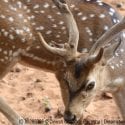
Students act as animals trying to survive by collecting essential habitat services - water, soil, shelter, space,...
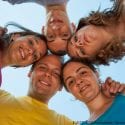
Students read and discuss a story about people coming together to help one another, and then plan...
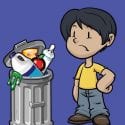
Elementary-level reading on the creation and disposal of solid waste.
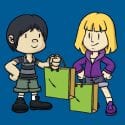
Elementary-level reading that addresses renewable and non-renewable resource use and impacts.
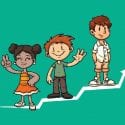
An elementary-level reading that discusses population growth trends for wildlife and people.
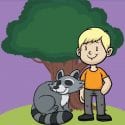
Elementary-level reading on wildlife habitats and biodiversity, and how we can help protect the balance of Earth’s...
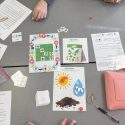
Students listen to The Lorax, discuss lessons from the book, and then play a cooperative board game...
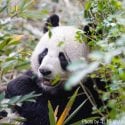
Students role-play being pandas in a bamboo forest where habitat fragmentation has occurred due to farming. Students...
PopEd Impact
campuses
"The activities not only bring out important content, but they also provide real-world context for environmental, population and sustainability issues. They engage participants in very thought-provoking and critical-thinking discussions.”
Helen de la Maza, Environmental Educator, Irvine, CA

